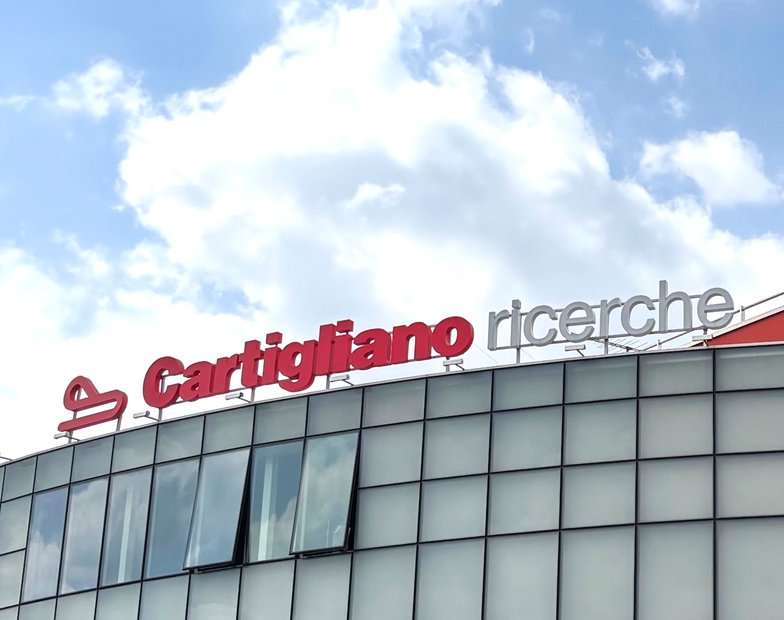But the won has long been treated like an emerging-market currency. The government is trying to change that — and join currencies like the U.S. dollar, euro, and yen — by loosening trading restrictions. The new measures will double the hours of open trading and let international investors deal directly with local brokerages that might offer better rates. South Koreans are the world's biggest spenders on luxury goods and the country is the first and the biggest foreign investor in the RMG and textile sector in Bangladesh
South Korea has grown to one of the world's top 10 economies in just a few decades but has kept a tight grip on its currency market, mainly out of the trauma from its near sovereign default in the late 1990s during the Asia financial crisis.
South Koreans are the world’s biggest spenders on luxury goods
Total spending on personal luxury goods by South Koreans year-on-year grew around 24% to $16.8 billion, amounting to $325 per capita.
Morgan Stanley analysts explained the demand for luxury goods among South Korean buyers is driven both by an increase in purchasing power as well as a desire to outwardly exhibit social standing.
The investment bank also noted luxury houses have tapped Korean icons to further catalyze demand.
In the first half of 2022, the casual wear sector was leading the South Korean fashion industry, with approximately 8.31 trillion South Korean won. It was followed by shoes and sports wear with with about 3.39 trillion won and 2.7 trillion South Korean won respectively. The casual wear market grew by 8.6 percent compared to the same time period in the previous year.
There is a fashion revolution slowly brewing in the East
While western fashion capitals are known to witness the biggest industry events - Fashion weeks and exclusive events by luxury brands, there is a revolution slowly brewing in the East. Saturation in the west has made many companies shift focus, and look for newer markets. South Korea is now considered one of the most important budding fashion capitals in the east, with Seoul Fashion Week becoming increasingly popular.
But, as one must expect, the fashion on this side of the globe certainly speaks another language. South Korea has its own trends, retail giants and influencers. There is definitely an affinity towards western luxury brands, but customers in the country have their own approach towards them. And hence, the strategy to reach these customers must be entirely adapted to their lifestyles. South Koreans use various social media apps, the popular western ones, as well as local apps.
South Korea has a thriving fashion market of its own, and several local brands make up a sizeable share in the total fashion sales. Besides this, Seoul has a strong street style influence, especially amongst the younger generations. Fashion forward style sensibilities, and a high demand for luxury and high street fashion make South Korea an irresistible market for brands. But, since the market functions in a completely manner, many brands use the help of local companies to enter it.
South Koreans are also immensely influenced by local celebrities and pop stars. It is not surprising that many western brands are using these influencers as brand ambassadors. Their unique style can swing popular opinion and lead to the biggest trends in the country.
Apparel
Revenue in the Apparel market amounts to US$38.05bn in 2023. The market is expected to grow annually by 0.36% (CAGR 2023-2027).
The market's largest segment is the segment Women's Apparel with a market volume of US$18.32bn in 2023.
In global comparison, most revenue is generated in the United States (US$343.70bn in 2023).
In relation to total population figures, per person revenues of US$741.10 are generated in 2023.
In the Apparel market, volume is expected to amount to 1,576.4m pcs. by 2027. The Apparel market is expected to show a volume growth of -1.1% in 2024.
The average volume per person in the Apparel market is expected to amount to 32.3 pieces in 2023.
Within this year, 97% of sales in the Apparel market will be attributable to Non-Luxury goods.
Footwear
Revenue in the Footwear market amounts to US$6.72bn in 2023. The market is expected to grow annually by 4.20% (CAGR 2023-2027).
The market's largest segment is the segment Leather Footwear with a market volume of US$2.69bn in 2023.
In global comparison, most revenue is generated in the United States (US$98.26bn in 2023).
In relation to total population figures, per person revenues of US$130.80 are generated in 2023.
In the Footwear market, volume is expected to amount to 178.6m prs. by 2027. The Footwear market is expected to show a volume growth of 2.7% in 2024.
The average volume per person in the Footwear market is expected to amount to 3.2 pairs in 2023.
Within this year, 93% of sales in the Footwear.
Korea is the first and the biggest foreign investor in the RMG and textile sector in Bangladesh
Since establishing diplomatic ties between the Republic of Korea and Bangladesh in 1973, the Republic of Korea has been enhancing cooperation in various fields, such as politics, economy, culture, development cooperation, and human exchange. Additionally, more than 200 Korean companies are present in Bangladesh, making the Republic of Korea the largest investor in Bangladesh’s garment sector. Their investments in recent years have been diversified into infrastructure, energy, and consumer goods, which would lead to further development of our bilateral cooperation. Bangladesh’s RMG export to Korea which was $125 million in 2012 jumped to $564 million in 2022, more than 400% increase in ten years. In 2021 Bangladesh’s RMG export to Korea recorded $448 million with a 38% year-to-year increase and $564 million in 2022 with 25. 8% year-to-year increase. Korea is the first and the biggest foreign investor in the RMG and textile sector. Among the 200 Korean investment companies in Bangladesh, over 70 percent are in the RMG and textile sector employing over 150,000 Bangladesh workers.


